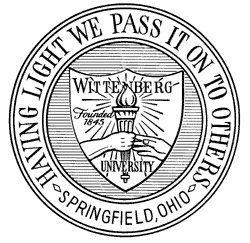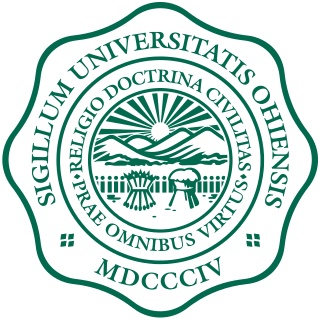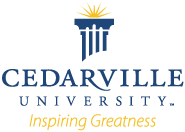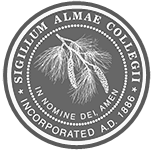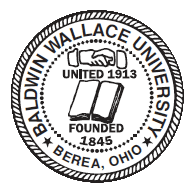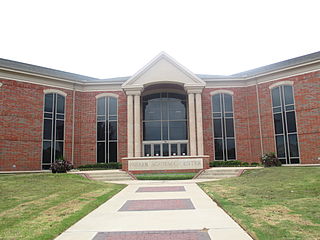 | |
| Motto | Scientia et religio ex uno fonte (Knowledge and religion from one source) |
|---|---|
| Type | Private |
| Established | 1866 |
| Endowment | US $311 million [1] |
| President | Sarah Bolton |
Academic staff | 171 [1] |
| Undergraduates | 2,058 [1] |
| Location | Wooster, Ohio , U.S. |
| Campus | Suburban, 240 acres [1] |
| Athletics | NCAA Division III — NCAC |
| Colors | Old Gold and Black |
| Nickname | Fighting Scots |
| Website | |
College of Wooster | |
| Location | OH 3, Wooster, Ohio |
| Built | 1900 |
| Architect | Holden, Lansing C. |
| Architectural style | Late Gothic Revival, Other, Collegiate Gothic |
| NRHP reference # | 80003246 [2] |
| Added to NRHP | February 25, 1980 |
The College of Wooster is a private liberal arts college in Wooster, Ohio. It is primarily known for its emphasis on mentored undergraduate research and enrolls approximately 2,000 students. Founded in 1866 by the Presbyterian Church as the University of Wooster, it officially has been non-sectarian since 1969, when ownership ties with the Presbyterian Church ended. Though non-sectarian today, Wooster's Presbyterian roots continue to inform and enrich campus life. From its creation, the college has been a co-educational institution. The school is a member of The Five Colleges of Ohio, Great Lakes Colleges Association, and the Association of Presbyterian Colleges and Universities. As of December 31, 2017, Wooster's endowment stood at $311 million. [3]
Liberal arts colleges in the United States are certain undergraduate institutions of higher education in the United States. The Encyclopædia Britannica Concise offers a definition of the liberal arts as a "college or university curriculum aimed at imparting general knowledge and developing general intellectual capacities, in contrast to a professional, vocational, or technical curriculum." Generally, a full-time, four-year course of study at a liberal arts college leads students to earning Bachelor of Arts (B.A.), Bachelor of Science (B.S.) and on rare occasion Bachelor of Science in Engineering (B.S.E.) degrees.

Wooster is a city in the U.S. state of Ohio and the county seat of Wayne County. The municipality is located in northeastern Ohio approximately 50 mi (80 km) SSW of Cleveland, 35 mi (56 km) SW of Akron and 30 mi (48 km) W of Canton. The population was 24,811 at the 2000 census and 26,119 at the 2010 Census. The city is the largest in Wayne County, and the center of the Wooster Micropolitan Statistical Area. Wooster has the main branch and administrative offices of the Wayne County Public Library.
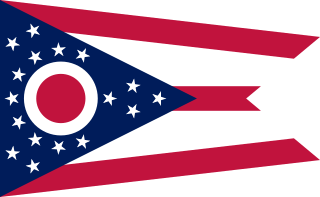
Ohio is a Midwestern state in the Great Lakes region of the United States. Of the fifty states, it is the 34th largest by area, the seventh most populous, and the tenth most densely populated. The state's capital and largest city is Columbus.
Contents
- History
- Academics
- Independent Study program
- Libraries
- Art Museum
- Student life
- Residence life
- International presence
- Athletics
- Performing arts
- Student activities and clubs
- Notable people
- References
- Websites
- Further reading
- External links
Wooster is one of forty colleges named in Loren Pope's influential book Colleges That Change Lives , in which he called it his "original best-kept secret in higher education." [4] It is consistently ranked among the nation's top liberal arts colleges, according to U.S. News and World Report. In US News' "Best Colleges 2018", for the sixteenth year in a row, Wooster is recognized for its “outstanding” undergraduate research opportunities and its senior capstone program, the I.S. (Independent Study). Only two schools have been named to both lists each of the past sixteen years: Wooster and Princeton University.
Loren Brooks Pope was an American writer and independent college placement counselor. In 1965, Pope, a former newspaperman and education editor of The New York Times, founded the College Placement Bureau, one of the first independent college placement counseling services in the United States. He was an alumnus of DePauw University.

Colleges That Change Lives is a college educational guide, originally by longtime student advocate and former New York Times education editor Loren Pope. It was first published in 1996, with a second edition in 2000, a third edition in 2006 and a fourth edition in 2013. It concerns college admissions in the United States.

Princeton University is a private Ivy League research university in Princeton, New Jersey. Founded in 1746 in Elizabeth as the College of New Jersey, Princeton is the fourth-oldest institution of higher education in the United States and one of the nine colonial colleges chartered before the American Revolution. The institution moved to Newark in 1747, then to the current site nine years later, and renamed itself Princeton University in 1896.






